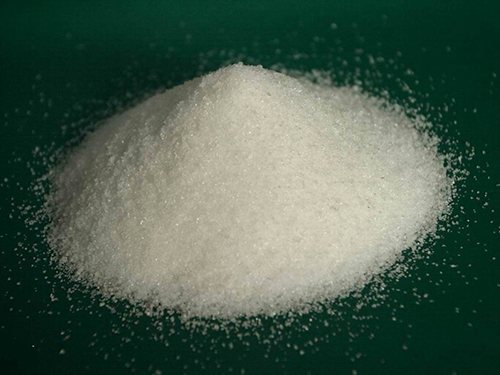A Comprehensive Overview of Ethylenediaminetetra Methylenephosphonic Acid and Its Applications
Ethylene Diamine Tetra Methylene Phosphonic Acid A Versatile Chemical in Industry
Ethylene diamine tetra methylene phosphonic acid (EDTMPA) is a synthetic compound that has garnered attention for its diverse applications across various industries
. In essence, EDTMPA belongs to the family of phosphonic acids and is characterized by its four methylene phosphonic groups attached to the ethylene diamine backbone. This unique structure confers a range of properties that make EDTMPA a valuable chemical in many fields, including water treatment, agriculture, and medicine.One of the primary uses of EDTMPA is in water treatment processes, where it serves as a chelating agent. In this capacity, EDTMPA can effectively sequester metal ions, such as calcium, magnesium, and iron, which are prevalent in hard water. By binding these ions, EDTMPA helps prevent scale formation in pipes and boilers, thus extending the lifespan of equipment and enhancing operational efficiency. Furthermore, EDTMPA’s ability to disperse particulates makes it a choice for formulations aimed at improving water quality in industrial settings.
In agriculture, EDTMPA is utilized as a chelating agent in fertilizers and soil amendments. It promotes the availability of essential micronutrients like iron and zinc, which are crucial for plant health. By forming complexes with these metal ions, EDTMPA improves nutrient uptake by plants, leading to enhanced crop yields. Moreover, the use of EDTMPA in agricultural applications supports sustainable farming practices by reducing the leaching of nutrients into the environment, thereby minimizing the risk of water pollution.
ethylenediaminetetra methylenephosphonic acid

Moreover, EDTMPA’s potential in the medical field cannot be overlooked. Recent studies have highlighted its role as a potential drug delivery system. The chelating properties of EDTMPA allow it to bind to metal ions that are involved in various biological processes. This interaction can enhance the bioavailability of certain drugs, making them more effective. Additionally, EDTMPA has been investigated for its potential applications in radiopharmaceuticals, where it may be used to stabilize radioactive isotopes for imaging and therapeutic purposes.
However, the widespread use of EDTMPA is not without concerns. Environmental regulations surrounding phosphonic acids are becoming increasingly stringent due to their persistence and potential ecological impacts. The mobility of EDTMPA in aquatic systems raises questions about its long-term effects on marine life and water quality. As a result, researchers are actively exploring alternative formulations that can provide similar benefits while adhering to environmental standards.
In conclusion, ethylene diamine tetra methylene phosphonic acid is a versatile chemical that plays a significant role in various industries. Its utility as a chelating agent in water treatment, agriculture, and medicine highlights its importance in enhancing efficiency and sustainability. As we continue to uncover its potential, it is crucial to balance its benefits with a commitment to environmental stewardship. Future research may yield innovative solutions that leverage the strengths of EDTMPA while safeguarding ecological integrity.
-
lk-319-special-scale-and-corrosion-inhibitor-for-steel-plants-advanced-solutions-for-industrial-water-systemsNewsAug.22,2025
-
flocculant-water-treatment-essential-chemical-solutions-for-purification-processesNewsAug.22,2025
-
isothiazolinones-versatile-microbial-control-agents-for-industrial-and-consumer-applicationsNewsAug.22,2025
-
scale-inhibitor-key-solutions-for-water-system-scale-preventionNewsAug.22,2025
-
organophosphonates-versatile-scale-inhibitors-for-industrial-water-systemsNewsAug.22,2025
-
scale-and-corrosion-inhibitor-essential-chemical-solutions-for-water-system-maintenanceNewsAug.22,2025





